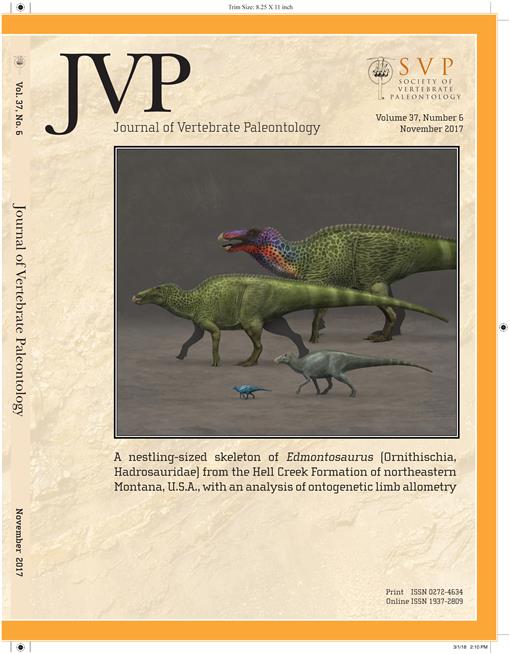Dicynodonts were one of the most diverse and abundant clades of tetrapods from the Lopingian (late Permian) to the Late Triassic. Despite their ecological and biostratigraphic importance, the early evolutionary history of dicynodonts is not well understood. Six skulls belonging to the poorly known dicynodont Abajudon kaayai were recently collected from the Guadalupian (middle Permian) lower Madumabisa Mudstone Formation of Zambia. The skulls exhibit characters of endothiodonts, emydopoids, and basal dicynodonts that are not preserved in the holotype from the Ruhuhu Formation of Tanzania. Here we describe the anatomy of the Zambian specimens and use this information in a revised phylogenetic analysis of Permian and Triassic dicynodonts. Abajudon kaayai is found to be the sister taxon of Endothiodon. Endothiodontia is reconstructed as the sister group of Therochelonia, with Emydopoidea placed at the base of Therochelonia. This phylogenetic arrangement helps to explain the mosaic of endothiodont and emydopoid features seen in A. kaayai and in taxa such as Niassodon and Cryptocynodon. The presence of A. kaayai in both the lower Madumabisa Mudstone and Ruhuhu formations allows for the first biostratigraphic correlation of the two strata. The absence of this species in contemporaneous South African Karoo deposits suggests that the early evolutionary history of endothiodont dicynodonts took place outside of the main Karoo Basin.
BioOne.org will be down briefly for maintenance on 17 December 2024 between 18:00-22:00 Pacific Time US. We apologize for any inconvenience.
How to translate text using browser tools
1 November 2017
New Materials of the Enigmatic Dicynodont Abajudon kaayai (Therapsida, Anomodontia) from the Lower Madumabisa Mudstone Formation, Middle Permian of Zambia
Savannah L. Olroyd,
Christian A. Sidor,
Kenneth D. Angielczyk
ACCESS THE FULL ARTICLE





